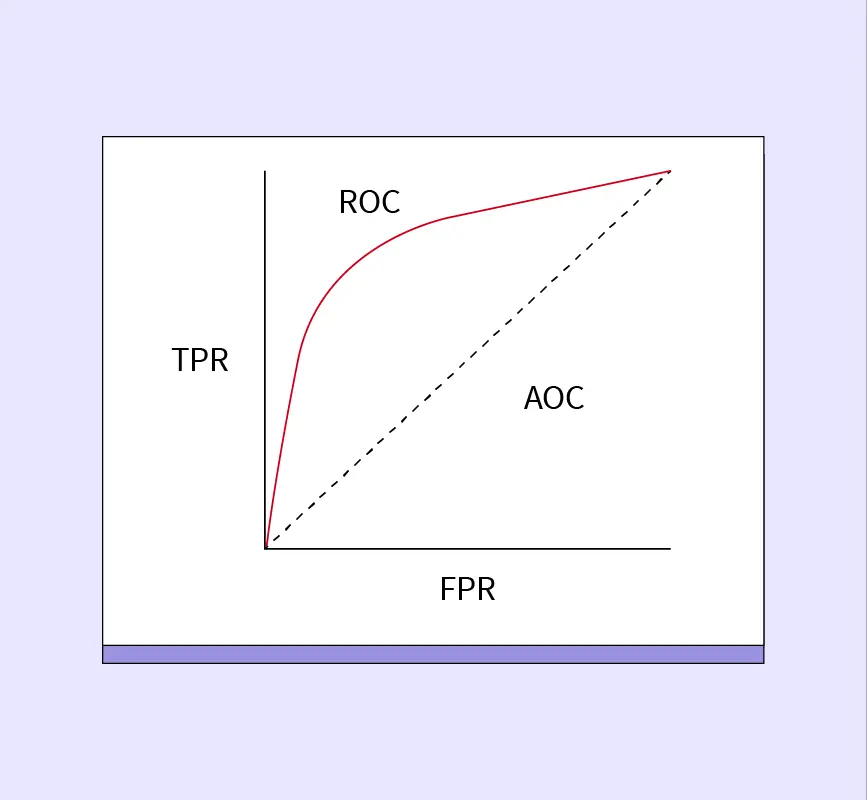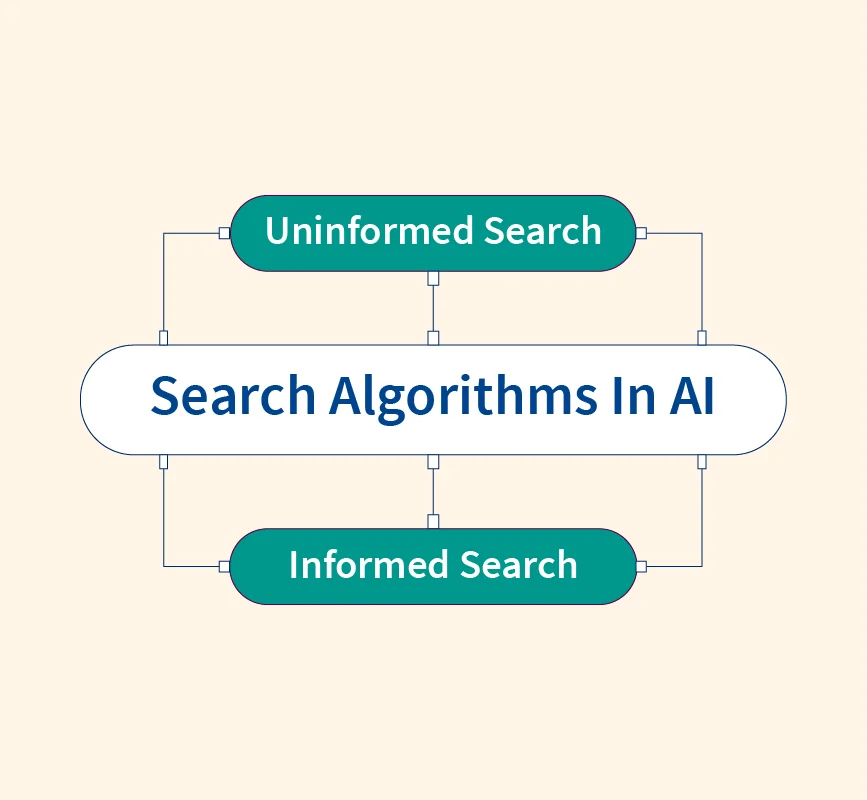The exponential growth of data in recent years has ushered in the era of big data, where organizations across industries generate and collect massive volumes of information daily. Traditional data processing methods struggle to manage such scale, speed, and complexity. Enter MapReduce—a powerful programming model that revolutionized how large datasets are processed across distributed systems. Developed by Google, MapReduce provides a framework for dividing data tasks into smaller, manageable units, enabling high-performance, parallel processing. It became the foundation of Hadoop’s data processing engine and has played a key role in making big data analytics scalable, reliable, and cost-effective.
What is MapReduce?
MapReduce is a programming model and processing technique used for handling and analyzing large-scale datasets across distributed computing environments. Developed by Google in the early 2000s, it was designed to simplify the complexities of processing massive data volumes by breaking tasks into smaller, parallelizable units. The model gained widespread adoption after being published in a landmark research paper, and it later became the foundation for Apache Hadoop’s data processing engine.
MapReduce operates in two primary phases: Map and Reduce.
- In the Map phase, input data is divided into key-value pairs and distributed across multiple nodes. Each node processes its portion independently, performing a user-defined mapping function to generate intermediate outputs.
- In the Reduce phase, the intermediate results are grouped by keys and passed to reducer functions. These functions aggregate, summarize, or transform the data into the final output.
The MapReduce model abstracts the complexities of distributed programming—such as data distribution, parallelization, synchronization, and fault tolerance—allowing developers to focus purely on business logic. This two-phase approach enables scalable, fault-tolerant processing of data that may span terabytes or petabytes.
Why MapReduce is Needed in Big Data?
The explosive growth of data from digital platforms, IoT devices, and cloud applications has exposed the limitations of traditional data processing systems. Conventional databases and single-node architectures struggle to process data that is high in volume, velocity, and variety—the three defining characteristics of big data. These systems often lack the scalability, speed, and flexibility needed to handle real-time or large-scale analytics.
This is where MapReduce comes in. It addresses these limitations by enabling parallel processing across distributed clusters, allowing data to be split into smaller chunks and processed simultaneously. This massively improves performance and ensures that even petabyte-scale datasets can be analyzed in a reasonable timeframe.
MapReduce also offers built-in fault tolerance. If a node fails during processing, the task is automatically reassigned to another node, ensuring reliability without manual intervention. Additionally, it can scale horizontally—new nodes can be added to the cluster seamlessly as data volumes grow.
By abstracting the complexities of distributed computing, MapReduce makes it easier for developers to focus on logic rather than infrastructure. It effectively bridges the gap between large data sets and accessible analysis, making it an essential tool in the modern big data ecosystem.
How Does MapReduce Work? (Step by Step)
1. Input Splitting
The MapReduce process begins with input splitting, where the original large dataset is divided into smaller, manageable chunks. These chunks are typically aligned with the underlying block size of the Hadoop Distributed File System (HDFS), often 128MB or 256MB. Each split is processed independently and assigned to a mapper task. This division enables parallel execution, which is fundamental to MapReduce’s scalability and efficiency.
2. Mapping Stage
Once the data is split, it moves into the mapping stage. Each split is fed into a mapper function, which processes records one at a time and transforms them into intermediate key-value pairs. The key is usually a reference point for grouping, and the value represents a data attribute or metric. For example, in a word count program, each word becomes a key and its count (initially one) becomes the value. This transformation sets the foundation for organized, key-based aggregation in later steps.
3. Shuffling and Sorting
After the map phase, all intermediate key-value pairs undergo a critical phase called shuffling and sorting. This process groups values by their keys and redistributes the data across reducers. Hadoop ensures that all values associated with a particular key are brought together and sorted before being passed to the reducer. This step is automated and handled by the MapReduce framework, ensuring that data is properly organized for the next phase.
4. Reducing Stage
The reduce phase begins once all the intermediate data is grouped by key. Each group of values is processed by a reducer function, which performs operations like summing, averaging, filtering, or concatenation—depending on the specific application logic. This stage produces the final output values for each key and consolidates results from multiple mappers into a coherent dataset.
5. Output
The last step in the MapReduce process is writing the final output to HDFS. The output is typically in the form of key-value pairs, saved in files across the distributed storage system. This result can then be further analyzed, visualized, or used as input for downstream processing tasks, completing the MapReduce lifecycle.
Example of MapReduce in Action
One of the most common examples to illustrate how MapReduce works is the Word Count problem—counting the number of occurrences of each word in a text file. Here’s the step-by-step execution:
Input Splitting: Let’s say we have a text file containing multiple lines of text. The file is split into chunks by HDFS and distributed to different mapper nodes.
Mapping Phase: Each mapper reads its chunk and processes it line by line. Every word is extracted and emitted as a key-value pair, where the word is the key and the value is 1. For example:
Input line: “MapReduce simplifies big data”
Output: ("MapReduce", 1), ("simplifies", 1), ("big", 1), ("data", 1)Shuffling and Sorting: The MapReduce framework then groups all values by their keys and sorts them:
("MapReduce", [1, 1, 1]), ("data", [1, 1])Reducing Phase: Each reducer aggregates the counts for a given word:
("MapReduce", 3), ("data", 2)Output: The final result is written to HDFS as key-value pairs, showing each word and its total count.
This simple yet powerful example demonstrates how MapReduce can break down complex processing tasks into scalable, distributed operations with ease.
Key Features of MapReduce
Highly Scalable
One of MapReduce’s standout features is its scalability. It can efficiently process terabytes to petabytes of data by distributing tasks across hundreds or even thousands of nodes. As data volumes grow, organizations can scale their clusters horizontally by simply adding more machines—without needing to modify the application logic. This makes MapReduce suitable for enterprise-grade and web-scale data processing.
Parallel Processing-Compatible
MapReduce is inherently designed for parallel execution. By splitting large datasets into chunks and processing them simultaneously through mapper and reducer tasks, it maximizes resource utilization and minimizes processing time. This parallelism is a key reason why MapReduce can deliver high performance when analyzing massive datasets—making it ideal for batch processing and analytical workloads.
Simple Programming Model
Despite operating on a distributed architecture, MapReduce offers a simple, easy-to-understand programming model. Developers define just two functions: Map (for filtering and sorting) and Reduce (for aggregating results). The framework handles the rest—data distribution, fault tolerance, and task scheduling. This abstraction simplifies development and enables teams to focus on solving data problems without worrying about the underlying infrastructure.
Reliable and Fault-Tolerant
MapReduce is built with fault tolerance at its core. If a node fails during task execution, the system automatically reassigns the task to another node and ensures completion without data loss. It relies on data replication in HDFS and task retries to recover from failures, making it highly reliable even in large, unstable environments.
Secure and Available
Integrated into the broader Hadoop ecosystem, MapReduce benefits from enterprise-grade security and high availability features. It supports Kerberos authentication, access control lists (ACLs), and role-based permissions, ensuring data and job-level security. High availability is achieved through redundant NameNodes and replicated data blocks, minimizing downtime and ensuring consistent performance.
Cost-Effective
MapReduce is optimized to run on commodity hardware, reducing infrastructure costs. Its open-source nature and ability to scale horizontally mean organizations don’t need to invest in expensive proprietary systems. This makes it a cost-effective solution for startups and enterprises alike that need to process large-scale data without overspending on infrastructure.
MapReduce in the Hadoop Ecosystem
MapReduce is one of the core components of the Hadoop ecosystem, working alongside HDFS (Hadoop Distributed File System), YARN (Yet Another Resource Negotiator), and Hadoop Common. These modules function together to deliver a scalable and fault-tolerant framework for big data processing.
In this architecture, HDFS handles data storage by breaking large files into blocks and distributing them across a cluster. MapReduce processes the data stored in HDFS using its two-phase (Map and Reduce) model. YARN, introduced in Hadoop 2.0, manages cluster resources and schedules MapReduce jobs efficiently by separating resource management from data processing. Hadoop Common provides the shared utilities and libraries that bind the ecosystem together.
Within this stack, MapReduce plays the role of the processing engine—responsible for executing distributed computations over massive datasets. However, with the evolution of big data technologies, newer engines like Apache Spark have emerged. Spark offers in-memory processing, which dramatically increases speed, especially for iterative tasks like machine learning or graph analysis. While MapReduce is slower in comparison, it remains reliable and highly effective for batch processing workloads that don’t require low-latency performance.
Common Use Cases of MapReduce
- Entertainment: In the entertainment industry, MapReduce is used for analyzing user behavior to power recommendation engines. Streaming platforms like Netflix and Spotify process massive datasets—such as viewing history, search patterns, and ratings—to suggest personalized content. MapReduce enables parallel processing of this data to identify trends and deliver real-time recommendations.
- E-commerce: E-commerce companies rely on MapReduce for transactional analysis and clickstream data processing. It helps track product popularity, user navigation paths, and sales conversions. Retailers use this information to improve customer targeting, optimize inventory, and dynamically adjust pricing strategies.
- Social Media: MapReduce is commonly used in sentiment analysis, where it processes user-generated content such as tweets, posts, and comments to determine public opinion about brands, events, or products. It also supports content recommendation engines by analyzing engagement metrics, hashtags, and follower behavior.
- Data Warehousing: In data warehousing environments, MapReduce handles large-scale data transformations and aggregations. It enables organizations to cleanse, normalize, and restructure data efficiently before loading it into BI tools for reporting and analysis.
- Fraud Detection: Banks and financial institutions utilize MapReduce to detect anomalies and fraudulent patterns in vast datasets. By comparing historical transaction data with current activities, the system flags suspicious behaviors—such as identity theft or money laundering—at scale and in near real-time.
Conclusion
MapReduce is a powerful and time-tested programming model designed to handle massive data processing tasks across distributed systems. By splitting workloads into parallelizable Map and Reduce phases, it enables scalable, fault-tolerant, and cost-effective data analysis. Its integration with the Hadoop ecosystem made it a foundational component of big data architecture. While newer engines like Apache Spark offer faster alternatives, MapReduce remains highly relevant for batch processing and enterprise-level workloads. For organizations looking to harness big data efficiently and reliably, understanding and leveraging MapReduce continues to be a valuable asset in the modern data processing landscape.
Read More:


